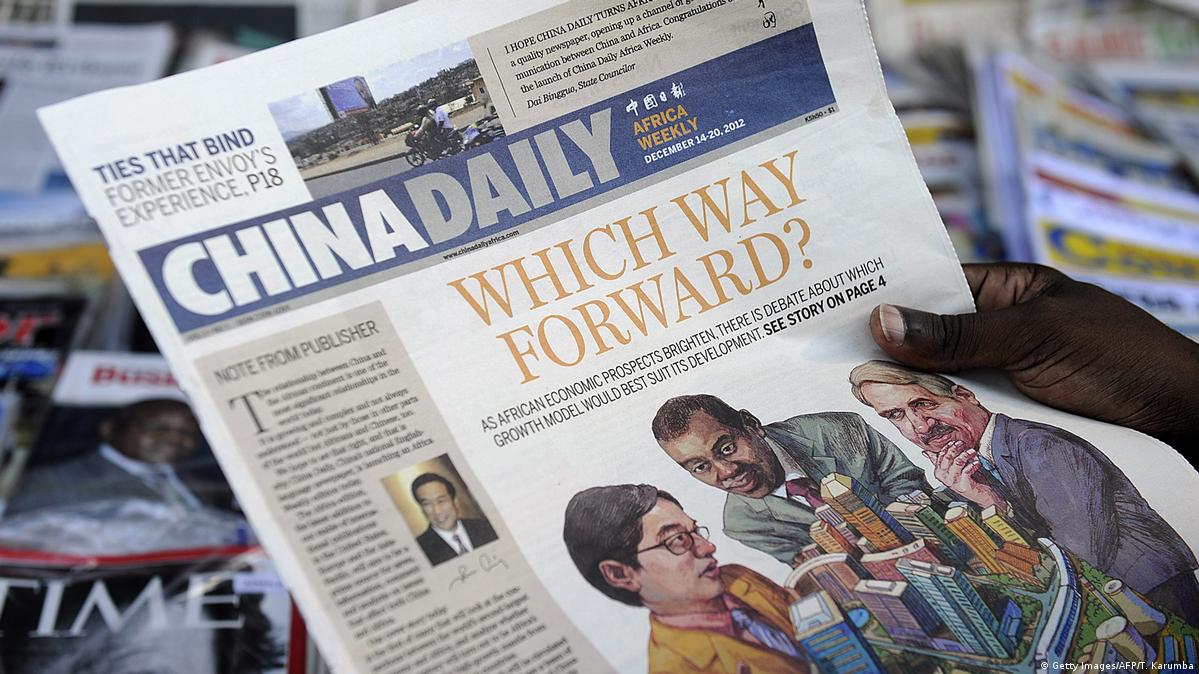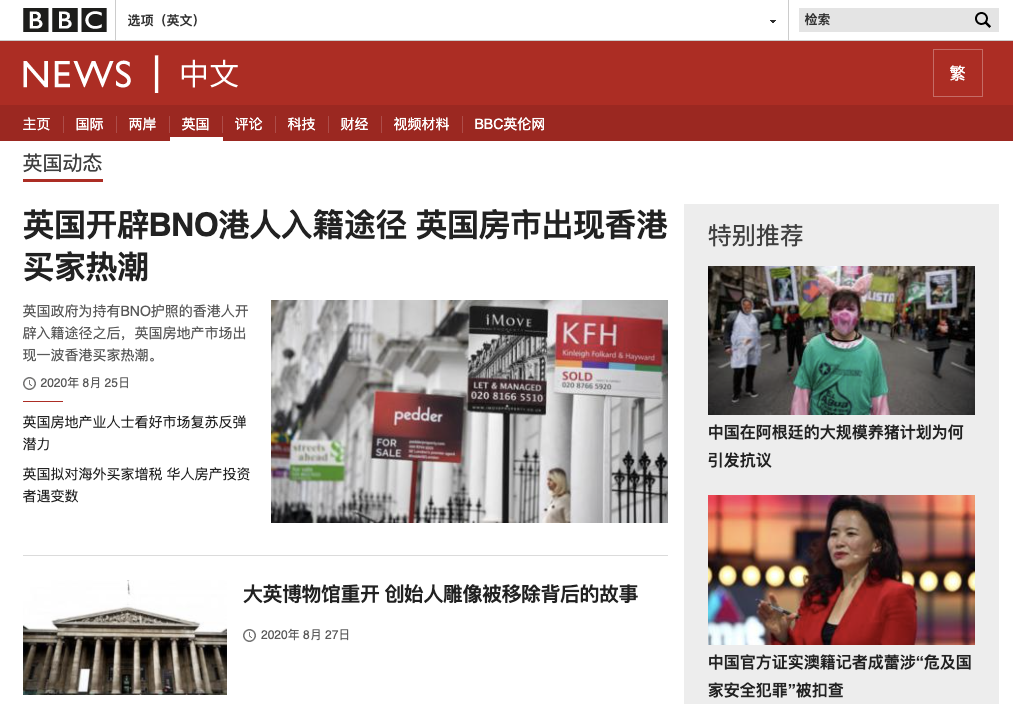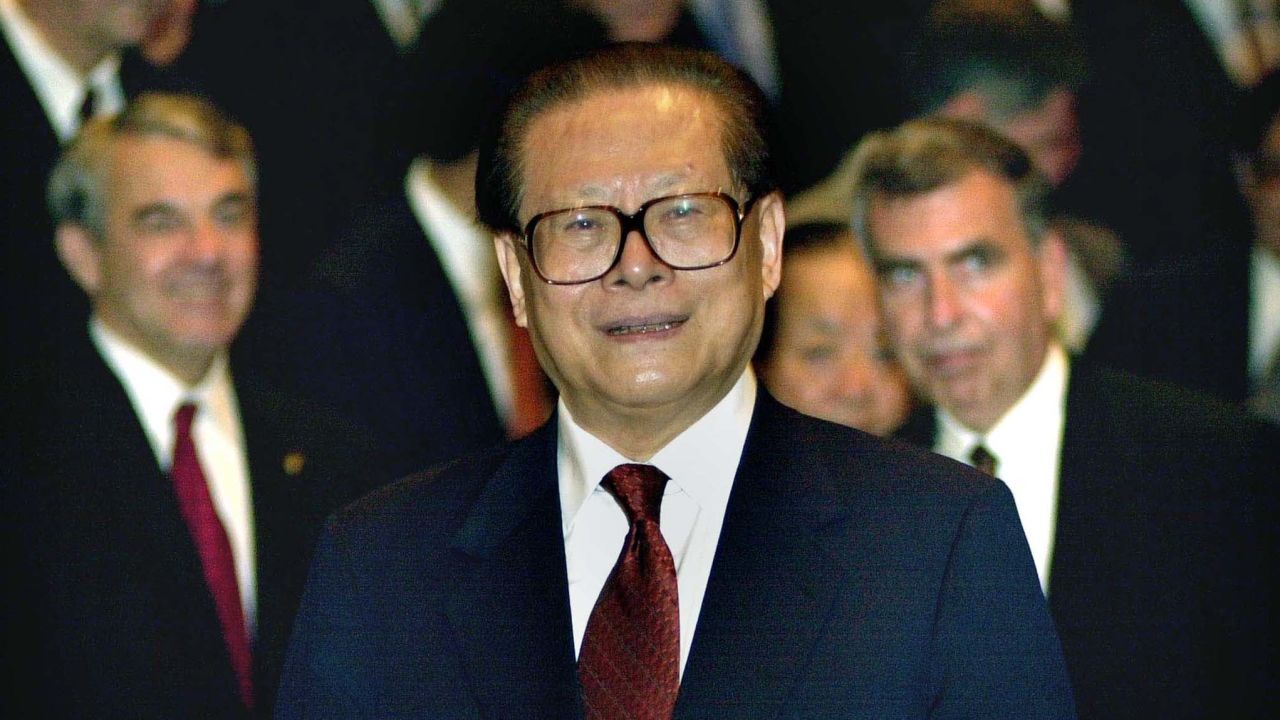Recent reports from several think tanks detailed the important role of the media in framing—and at times, facilitating or limiting—Chinese influence across Africa. These reports highlight the CCP’s growing efforts at disseminating external propaganda, as well as the agency of local actors in cultivating a healthy information ecosystem.
Last week, the United States Institute of Peace released “China’s Media Propaganda in Africa: A Strategic Assessment,” a report by Joshua Eisenman that examines and assesses the effect of Chinese investments in African media. A summary of some of the main points:
- China’s Africa-focused media propaganda is intended to improve African perceptions of the country and its political system while doing the opposite for the United States
- Media outlets controlled by the Communist Party of China (CPC) offer African outlets cheap or free international content in order to amplify their messaging while disguising it beneath a veneer of grassroots legitimacy.
- Prior to the COVID-19 pandemic, China was hosting and training scores of African media professionals each year.
- Chinese officials entice, cajole, and intimidate African journalists and editors to produce only positive stories about China, the CPC, and its African partners. China’s official media outlets work closely with its embassies to spread CPC propaganda while suppressing or discrediting any negative reports.
- China’s propagandists are creating an increasing amount of “soft” content for African audiences, which Chinese firms are spreading to urban elites and youth via streaming services, social media, and phone apps.
China is tweaking its propaganda for African audiences through a combination of avenues, with varying effects. In Chinese state media outlets such as the China Daily, articles written by African authors and citing African scholars have parroted CCP talking points on issues related to Chinese lending in Africa. In African media outlets such as Uganda’s Independent, articles have repeated messaging on the same topic from Chinese state media outlets. This is part of a larger pattern that appears across the continent and can, at times, make it difficult to discern authentic local news from Chinese propaganda.
Last week, Ilaria Mazzocco, a senior fellow at the U.S.-based Center for Strategic and International Studies (CSIS), published an analysis that suggested Chinese state media may be more effective than previously expected, particularly in the Global South. In an analysis for Big Data China, a collaboration between the CSIS and Stanford University, Mazzocco built on a research paper published last year that compared the appeal of American and Chinese media across 19 countries:
The results showed that Chinese state media can be very persuasive, especially when it comes to improving opinions on China’s political and economic models. For example, exposure to Chinese state media messages more than triples support for the Chinese political system vis-a-vis the American one, from 16 percent to 54 percent.
[…] When breaking down the data by country, the research team found that there were some discernible trends. Respondents from African and Latin American countries were more likely to indicate preference for the Chinese political and economic models and China as a global leader compared to other regions. European and North American respondents were instead far less likely to favor China, even after being exposed to Chinese government-produced media. As other scholars have discussed, citizens in developing countries may be more responsive to messaging focused on economic development offering potential solutions to poverty and are more relevant to the experience of developing nations.
However, there are important differences between African countries when it comes to the local media posture towards Chinese engagement, investment, and infrastructure projects. A recent report by Hangwei Li and Yuan Wang for the Carnegie Endowment for International Peace examines the evolution of the corporate communication strategies of three Chinese state-owned enterprises involved in flagship Belt and Road Initiative (BRI) railway projects in Kenya and Ethiopia. The report demonstrates that “differing Kenyan and Ethiopian journalism norms have fundamentally shaped the strategies and local relationships of these three Chinese firms”:
Based on fieldwork observation and interviews, we argue that these companies have exhibited divergent paths. CRBC has learned and adapted corporate behaviors in Kenya, largely because of the presence of the host country’s vibrant media environment and watchdog journalism, whereas CCECC and CREC have been less inclined to learn new ways of conducting outreach and PR in Ethiopia, largely because of the absence of naming and shaming by local media. In other words, Kenyan journalists have demonstrated greater journalistic agency by leveraging media norms that promote and facilitate criticism, allowing Kenyan news media to play a more active role in monitoring the railway project than their Ethiopian counterparts. This has, in turn, induced a shift in the corporate strategies of the Chinese SOE.
In sum, our comparative study suggests that Chinese SOEs’ PR strategies in Africa are predominantly influenced by the media landscape and ecosystem of their host country. We therefore refute the notion of the “Chinisation of Africa” and emphasize that African non-state actors, such as the media, can have a considerable influence in shaping certain behaviors of Chinese actors within the asymmetric China-Africa relationship. Our study contributes to the broader debate about Chinese SOEs’ overseas learning and African agency, and it offers practical insights for both Chinese companies and African media houses.




